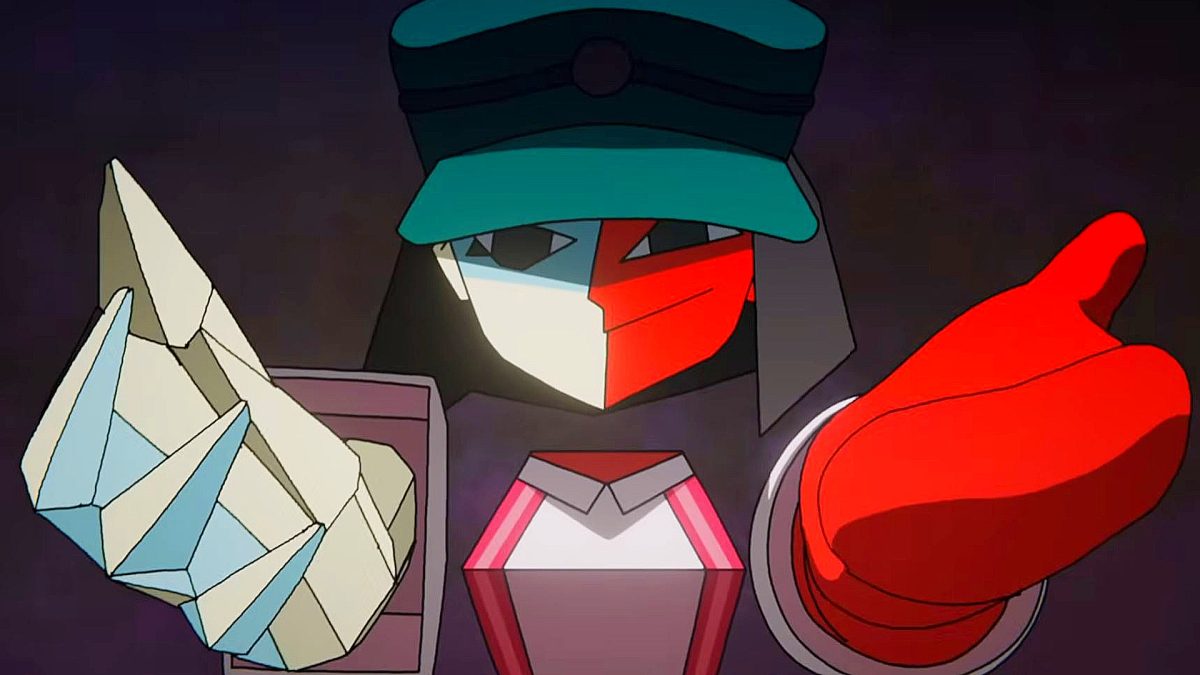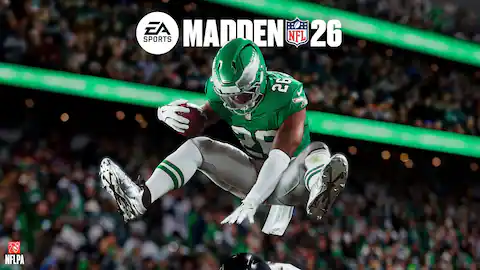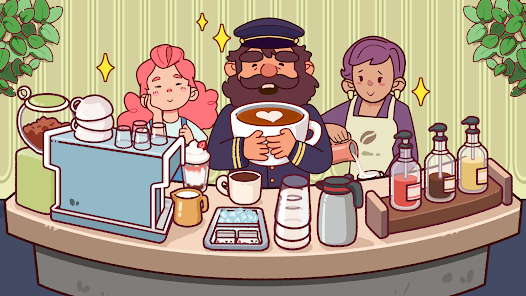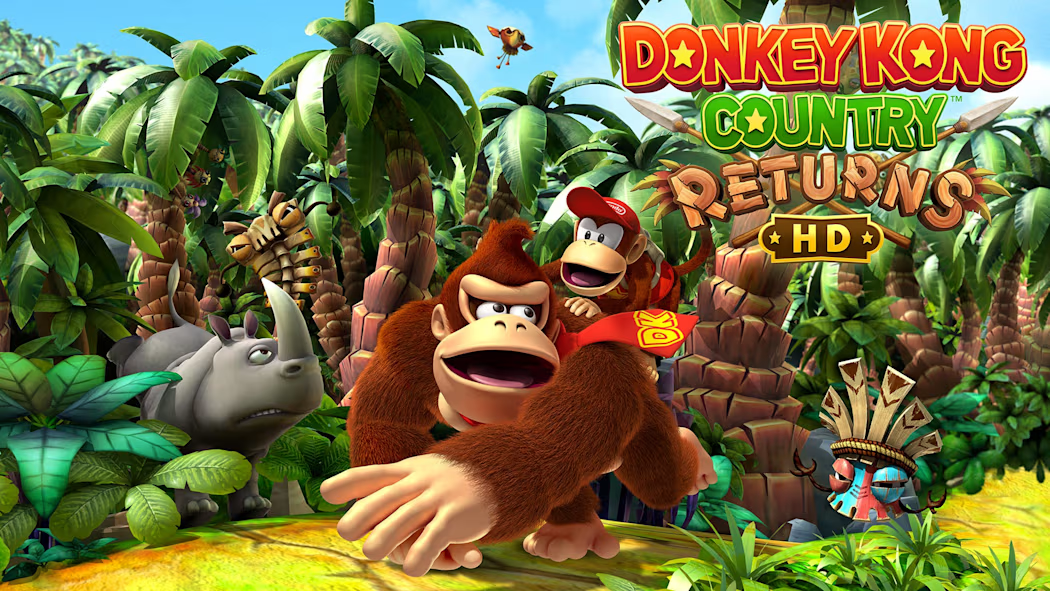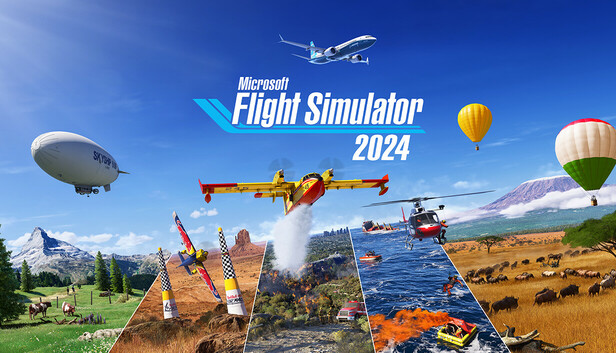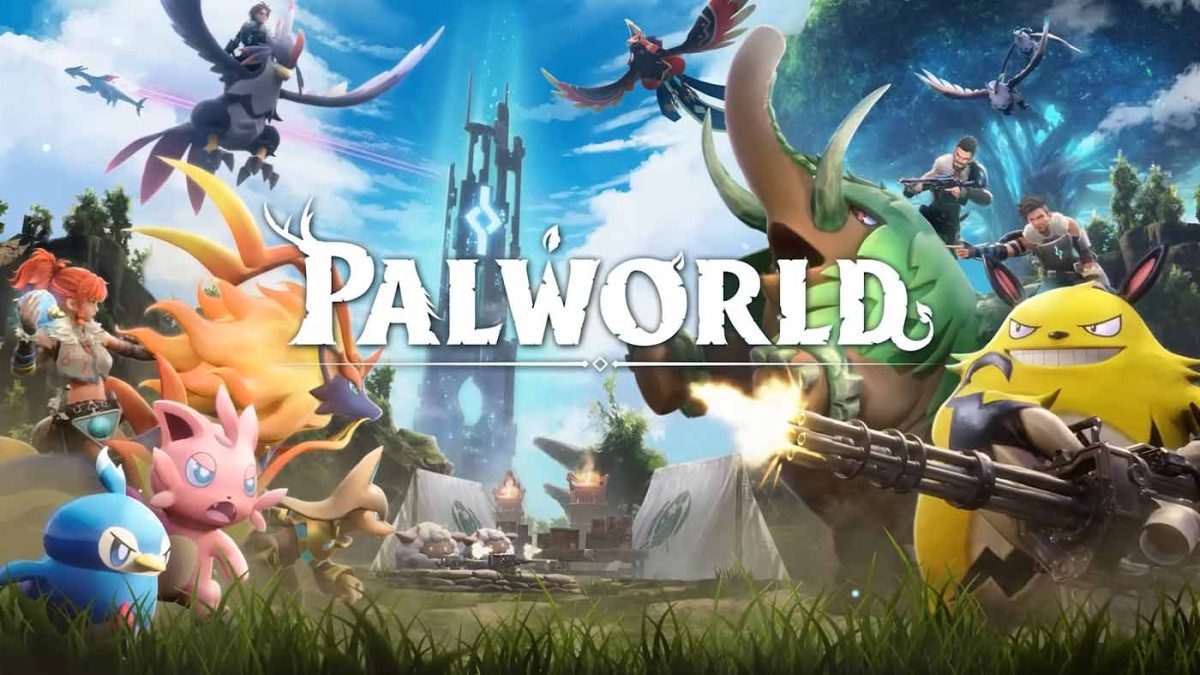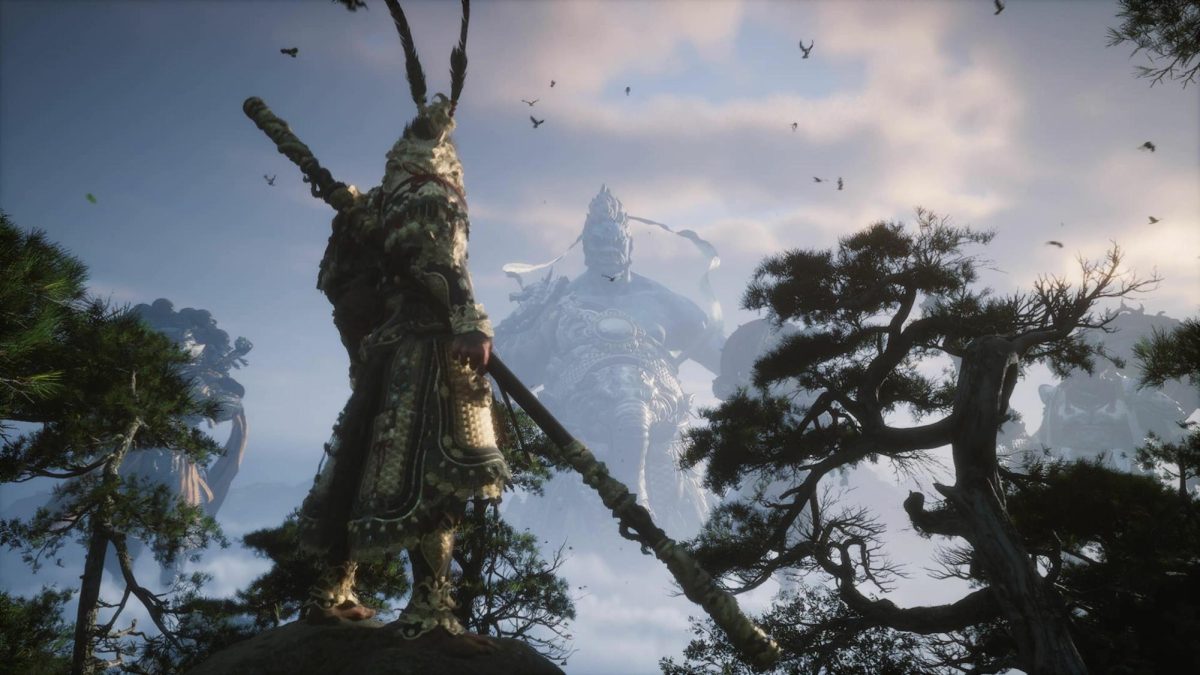If you’ve ever tried to recall a dream, you should be familiar with the fragmented, completely illogical, abstract world that is the mind. This uncanny realm lies just out of reach—notoriously difficult to revisualize or place into words. The instant your eyes open, hours worth of unique internal wandering is reduced to a yawn and a stretch. It’s rare for a game to capture such a surreal experience, much less one spawned from an indie animation series. Even so, dreams often defy logic—surpassing expectations and redefining simple concepts like “BBQ.”
Like something straight out of a 90s cutscene, “ENA – Auction Day” was the beginning of something big. Published four years ago by indie animator Joel Guerra, this three minute short featured a myriad of 8-bit textures and eccentric characters, drawing obvious inspiration from old-school 90s games and avant-garde art pieces. At the center was ENA (Aleks Le and Nola Klop), an asymmetrical girl with dual personalities, and the main character of this peculiar world. This offbeat retro-fusion took the internet by storm, leading to even more episodes capturing the strange everyday occurrences of ENA’s life through storylines that start and end in no sense. Each installment was formatted as a first-person adventure into the unknown, with immersive storytelling that played almost like a video game. This cultivated an audience of nearly 15 million people, all eagerly awaiting the next act in ENA’s play. However, it wasn’t until March 25th, 2021 that this dream would begin to become a reality.
When I first heard of “ENA: Dream BBQ”, it was through Joel G’s YouTube page. As a long-time fan, I was used to refreshing the page every month in hopes of a new release. When I initially stumbled onto the news-breaking post, I was overjoyed at the promise of a game. Because every episode was already formatted inside an interactive 3D world, I felt this development was much deserved. The following four year wait felt like nothing when I was finally able to download the game, and I knew that what I was about to experience was going to be nothing short of surreal.
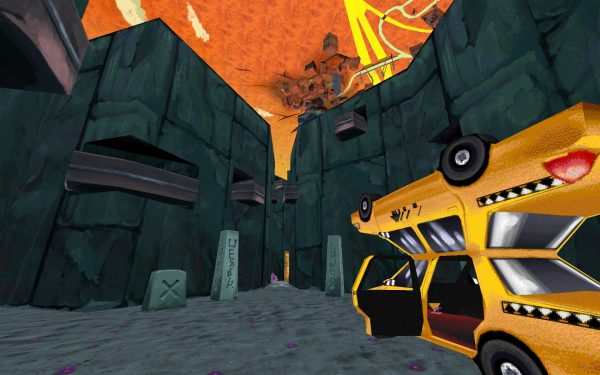
“Liminal spaces” is a term coined to describe areas that feel eerie and ambiguous. Like an empty hotel hallway or an abandoned underground mall, the feeling of emptiness carries an eerie, unsettling atmosphere that easily induces goosebumps. This exact feeling carries into the environment of “ENA: Dream BBQ.” Much like Asmik Ace Entertainment’s 1980 “LSD: Dream Emulator”, the forefather of psychedelic visuals and disorienting patterns, the similarities between both games are fittingly uncanny. Despite the modern origin of “ENA: Dream BBQ,” the game uses graphics commonly found in 90s video games, such as scarce assets, low polygons, and pixelated textures. On the other hand, most characters are 2D animated using crisp lines and vivid colors, making them stick out like a sore thumb in the barren environment. This uneasy disconnect only adds to the experience, as its experimental dreamlike setting is exactly what makes ENA one of the most interesting games I’ve played.
But don’t let appearances deceive you, ENA’s gameplay is not as outdated as its graphics. The game features basic modern controls such as “WASD” and provides customization for light sensitivity and noise control in the first few seconds of gameplay. The settings allow everything a player could ever want—mouse sensitivity, friendlier fonts, audio focus, and more. Along with the in-game transcript and quest overview, “ENA: Dream BBQ” proves to be an accommodating game inside and out. However, what truly troubles me is the saving system. Every few minutes, depending on the progress made, the game will automatically save, represented by a miniature hourglass in the bottom left corner. There is no way to do this manually, meaning I’d need to leave the game idle in order to save. While this was incredibly inconvenient, it wasn’t a problem I encountered often.
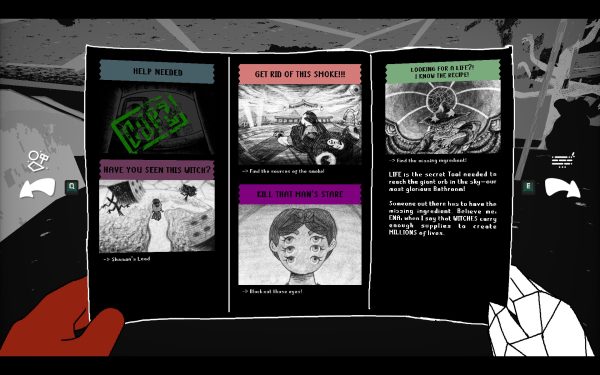
Additionally, “ENA: Dream BBQ” may be the only game where having to “find the bathroom” holds so much significance. With quests like “Get a life” and “Transport my corpse using a skull-crane,” it’s virtually impossible to guess what will happen next. While most puzzles follow a “fetch quest” format, the game enjoys taking full advantage of its unique style by sending players on wacky journeys to accomplish something shockingly simple. For me, these hilarious endeavors excuse the game’s repetitiveness, and I rarely experienced boredom.
In all, “ENA: Dream BBQ” is not a product of its time, it’s the sum of limitless imagination, countless mixed-medias, and the power of indie animation. After all, in what other game can I pet a giant floating dodecahedron’s snake head? As a connoisseur of all media strange and unusual, “ENA: Dream BBQ” far surpassed my standards. And the best-worst part of all—it’s guaranteed that players won’t experience the whole story from just one playthrough. Because the game splits into two routes depending on the decisions made, most players miss an entirely new perspective of the narrative. But this was no issue for me; being able to experience the masterful graphics and crazy escapades was rewarding enough. However, the most bizarre aspect of the entire game is that it’s completely free to play. For a single chapter full of wonder and much more to come, I literally can’t imagine what will happen next. So if you’re searching for a beautiful mess of visual chaos and incomprehensible story, ”ENA: Dream BBQ” is a dream you’ll never want to wake from.

